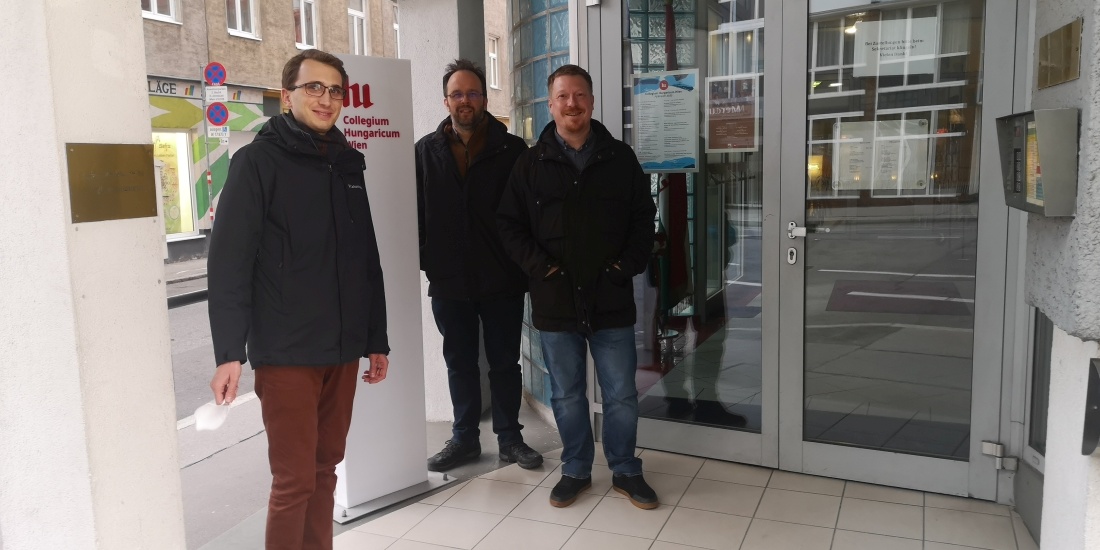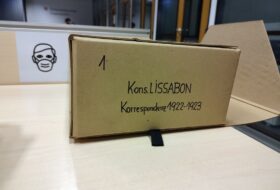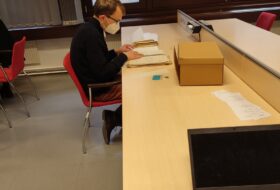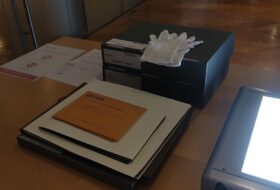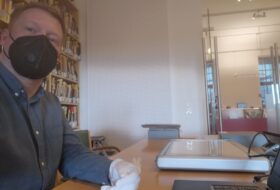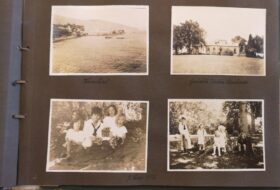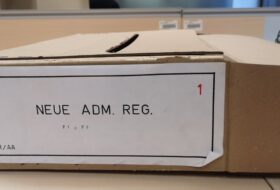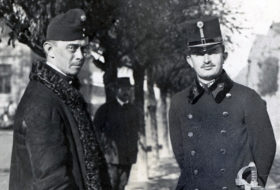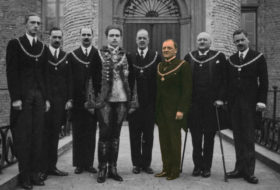During the research trip, our colleagues looked through the records of the Austrian embassies in Budapest and Lisbon and various reports from the Ministry of Interior at the Austrian State Archives (Österreichisches Staatsarchiv). These records provided valuable information not only on the emigration of the royal family to Switzerland and later to Madeira, but also on Charles’s attempts to return and the activities of the Hungarian Legitimists. In addition, the scholarly legacy of the historian Elisabeth Kovács, who has written the most complete biography of King Charles IV, also yielded a number of sources previously unknown to the Hungarian public.
Another important result of the research trip was the visit to the Austrian Film Archive (Filmarchiv Austria) and the Picture Archives of the Austrian National Library (Österreichisches Nationalbibliothek, Bildarchiv Austria), where photos and film copies about King Charles IV were collected. The written and pictorial sources discovered in Vienna provide a range of useful new information about the life and death of the last Hungarian king and the everyday life of his family members.
A great help in their research was András Oross, the Hungarian archival delegate in Vienna, who made it possible for them to review and digitise a number of valuable sources. Thanks are also due to the Collegium Hungaricum and the Hungarian Historical Institute in Vienna.
